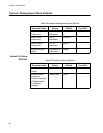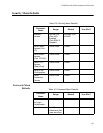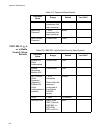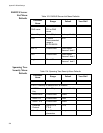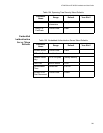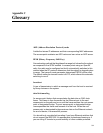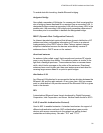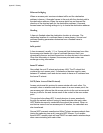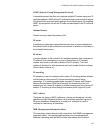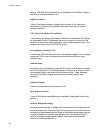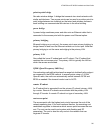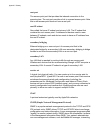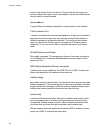Appendix C: Glossary
336
root port
The access point port that provides the inbound connection to the
spanning tree. The root port provides a link to a parent access point. Note
that a root access point does not have a root port.
root IP subnet
Also called the home IP subnet and primary LAN. The IP subnet that
contains the root access point. If wireless end devices need to roam
between IP subnets, each end device needs to have an IP address from
the root IP subnet.
secondary bridging
Ethernet bridging on a non-root port. An access point that is the
designated bridge for a secondary LAN uses secondary bridging to bridge
frames to and from the secondary LAN on a non-root port.
secondary LAN
Any LAN that is reached by routing traffic through an access point.
Wireless end devices that are communicating through a WAP comprise a
secondary LAN. A remote IP subnet is a type of secondary LAN.
service set
A logical (not physical) radio. You can create up to four service sets for
each physical 802.11g and 802.11a radio in an access point. Each service
set shares the same physical radio configuration (including the
parameters set for Advanced Configuration and Inbound Filters). Each
service set has a unique SSID (network name), and you may customize its
security configuration and member limit. Multiple service sets are used
primarily to allow one radio to support multiple VLANs.
SNAP
A protocol extension typically used by AppleTalk networks.
SNMP (Simple Network Management Protocol)
SNMP is a popular network management protocol in the TCP/IP and SPX/
IPX protocol suite. SNMP allows TCP/IP and SPX/IPX sites to exchange
configuration and status information. It uses management programs called
“agents” to monitor network traffic. SNMP stores the information it collects
in the Management Information Base (MIB). Your network administrator
can use management software, such as MobileLAN manager, interacting



